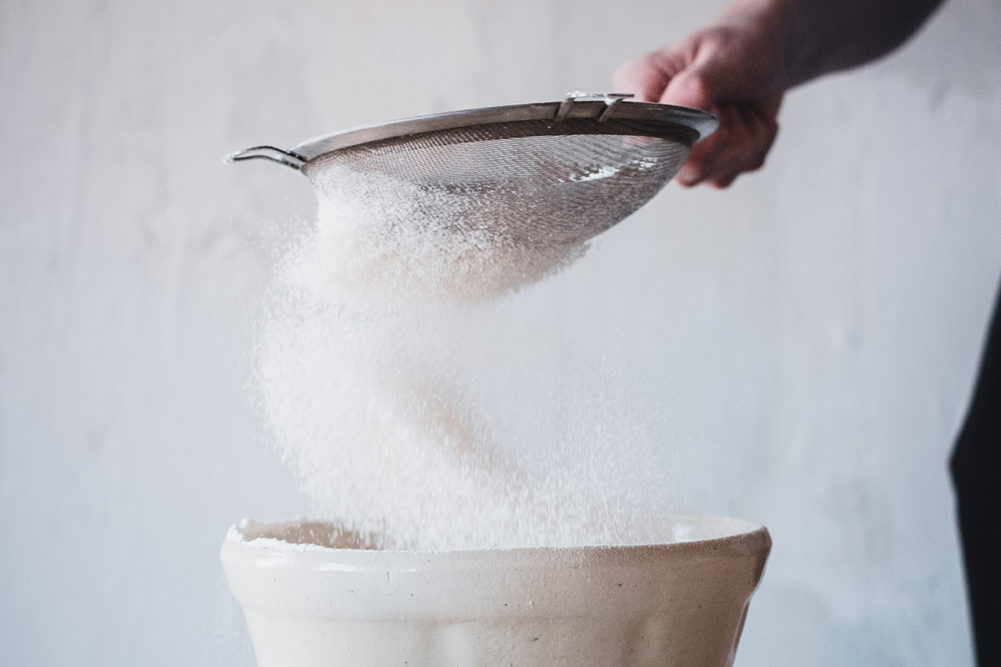An increased sophistication around sugar reduction is a trend driven by other food categories, according to Adam Pawlick, vice president of R&D at Dawn Foods, Jackson, Mich. Because different parts of the world are at various stages in the sugar-reduction life cycle, consumers unknowingly benefit from a wider range of formulations that offer alternatives while maintaining a pleasing flavor profile.
“Over the next five to ten years, I imagine we will continue to see a push for reduced sugar and alternative sweetener items in the baking industry, especially as other categories in the food industry tackle this problem,” he continued. “I also anticipate there will be some products, driven by a set of consumers, which will continue to stay ‘full sugar’ as consumers look for those indulgent treats.”
Global companies like Dawn Foods have also the benefit of translating successes achieved in the European sugar reduction market into the North American market. No longer limited by geography, consumers can purchase a range of products online from around the world. Hill & Valley, Lancashire, UK, is an independent wholesaler of a variety of reduced-sugar biscuits and cakes. Its Newmans of Radcliff Ltd. line includes reduced-sugar Cherry Genoa cake and Dark Fruit cake. The company’s signature no added sugar Chorley Cake, a flattened fruit-filled pastry, is traditional to the town of Chorley in Lancashire, U.K.
Outside the U.S., a number of innovative start-ups are putting a clever twist on sugar reduction. Unavoo Foods, an Israeli startup, is using fiber to replace sugar. The patent pending Unavoo Sweetener is an approximately zero calorie sweetener made from 100% natural ingredients. The gut-health friendly prebiotic sweetener offers no bitter after-taste and zero glycemic value.
Also patenting sugars from fiber is The Supplant Company. Its low-glycemic blend of sugars is extracted from upcycled feedstocks (corn cobs and wheat straw or oat husks) to perform like table sugar and metabolize like fiber. Such a big idea with wide-reaching potential is finding the company in talks with the FDA.
Finding balance
While formulators have a growing range of sugar alternatives to choose from, they still must consider consumer perception. In some cases, this might mean introducing a new product with less sugar rather than trying to reduce sugar in an original product. This is critical because many of the alternative and replacement options either have application limitations such as morphology or it can impact the flavor profile of a product even with minor adjustments, according to Pawlick.
“For example, sugar-reduction techniques that work by changing the shape of the sugar crystal, (smaller, hollow or other options) are effective in applications where the crystal remains intact such as in solid sugar options and fat slurries,” he continued. “The approach is not effective in applications where the sugar is dissolved in a solution such as in glazes, icings or fillings.”
In the battle of sweetness, the topic of sugar reduction will likely continue to garner strong opinions. Innovative formulations and forward-looking research have the potential to offer consumers another tool to support a healthier lifestyle in the long-term. Though that goal will never negate the opportunity to also enjoy full-sugar bakery indulgence in the short-term.

